We like to share product recommendations with you and hope you like them! Just to make you aware Water Filter Data may collect a small share of sales or other compensation from the links on this page.
Water is essential for life, but many people don’t have access to safe and clean drinking water. In fact, the World Health Organization has reported that 2.1 billion people around the world lack safe drinking water at home.
With such alarming prevalence of unsafe drinking water, it’s not surprising then that over half a million children younger than 5 years old die each year from contaminated drinking water and related diseases.
Water purification, therefore, has an important role to play in public health. Here, we discuss the various stages of water purification, and why it’s so important.
The Importance of Fresh Water
Potable water (clean water for drinking purposes) is needed for a variety of daily activities, from human consumption, agriculture and municipal services, to sewage control and manufacturing processes.
There are many different water sources and each can be contaminated in a number of different ways.
Water contamination can pose severe health threats to people and animals that drink it, and contaminated water can also affect the health of water bodies and the ecosystems that live there which can have knock-on effects for the environment, food security, and the role of biodiversity and nature in providing goods and services.
Water can be treated and purified at municipal level or even at home, and this can have many health benefits like reducing the number of waterborne disease-related deaths.
The Various Sources of Water: Where Our Water Actually Comes From
Knowing about the various sources of water can help to assess risks associated with water quality and can inform water treatment measures. The actual stages of water purification may be adjusted depending on the water source and water quality.
Water sources include:
Groundwater
Groundwater is water that comes from underground, like in natural springs, wells, or boreholes. Deep groundwater is often of high quality when it comes to bacteria and pathogens, but it can have dissolved solids like calcium, magnesium, and chlorides which may need to be purified and softened if the water is being used for laundry and cleaning.
Shallower groundwater may need to be purified for pathogens. Many areas also regulate how you need to treat your borehole or WellPoint water to ensure health and safety standards are met.
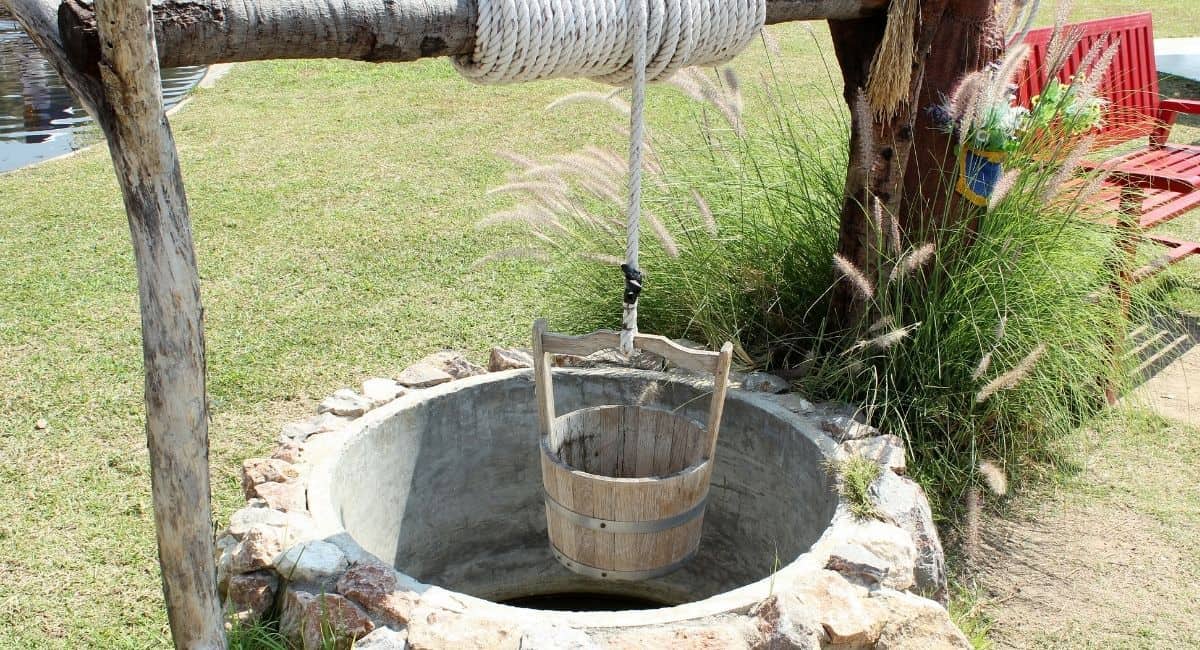
Lakes, Dams, and Reservoirs
If these water sources are located in areas that are quite natural and upstream of human settlements, then they can often have quite pure water that may have some low levels of bacteria, protozoa, and perhaps algae. The pH may also need to be corrected if it’s too alkaline.
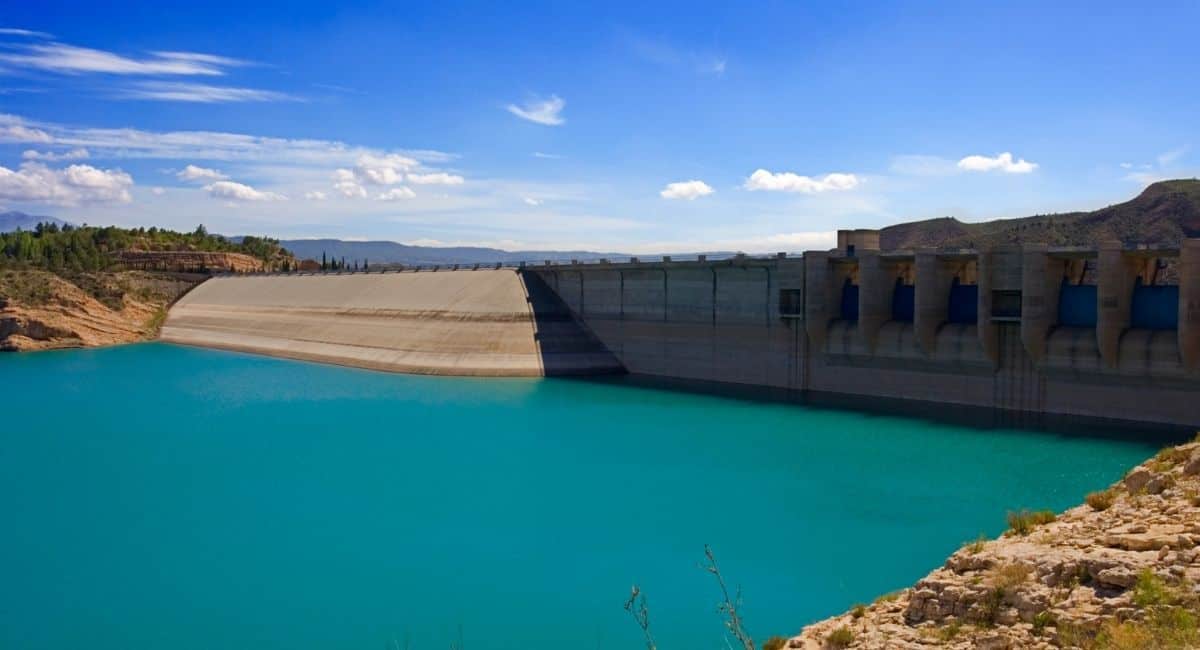
Rivers, Streams, and Canals
These water bodies that are typically low lying and downstream of human settlements can have high material and pathogen levels and can also have algae and many dissolved contaminants.

Rainwater
People have started collecting rainwater in tanks and using fog collection methods, especially in water-scarce regions like deserts.
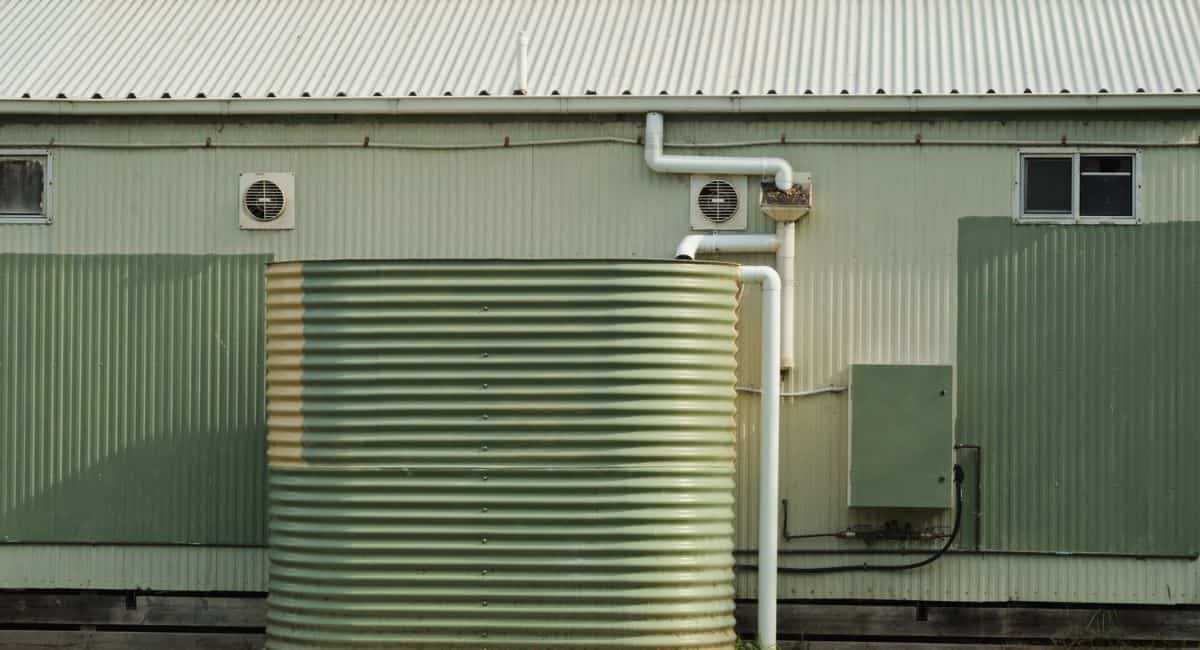
Seawater and Desalination
Many areas of the world are so arid that people have created innovative desalination techniques to convert seawater into potable drinking water. This is usually done through distillation or reverse osmosis methods.
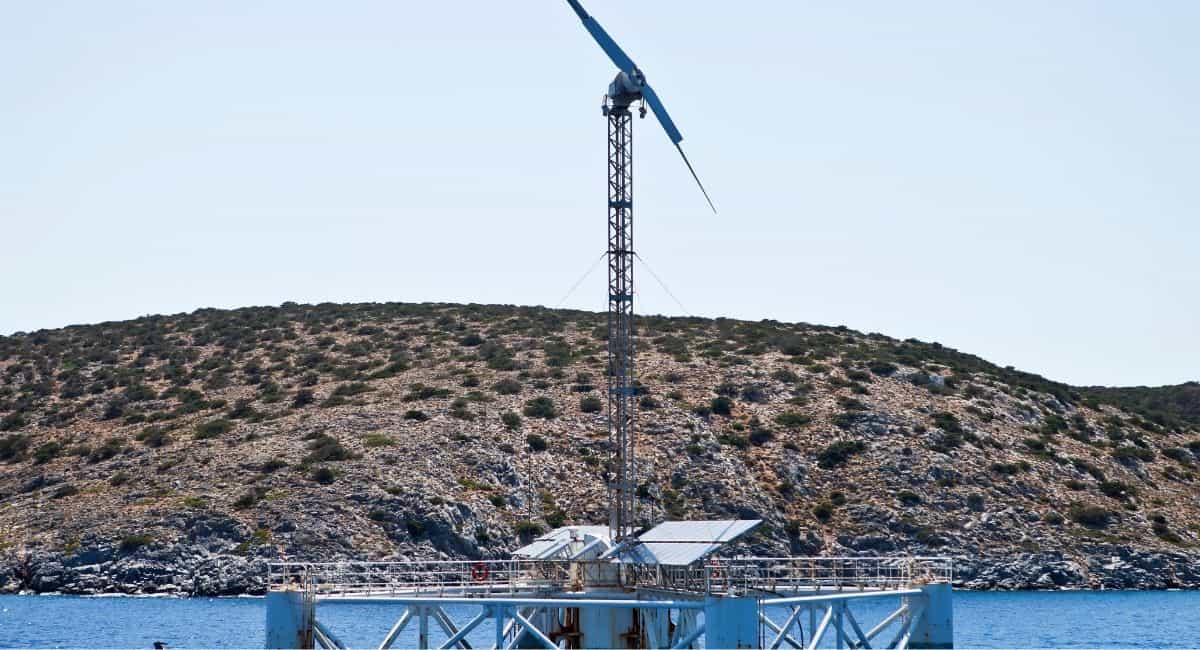
How Does Drinking Water Become Contaminated?
Depending on the source of water, there are many ways for it to become contaminated. For example, groundwater and surface water that’s exposed to nearby fertilizers and pesticides can become contaminated with heavy metals and toxic substances that leak into the soil and are carried by water downstream.
Rainwater that’s stored in a tank, is often left to stagnate in that tank and, if not treated with any disinfectants, can become a breeding ground for bacteria and pathogens.
Groundwater can naturally have levels of dissolved solids, high pH levels, or pathogens.
Some water bodies around the world are toxic because of underground volcanic processes, or in rare cases, because they’ve been dumping grounds for nuclear waste or other toxic chemicals. It’s therefore very important to know where your water comes from and to have the water quality tested before consuming it.
Health Risks of Drinking Contaminated Water
There are many different health risks associated with drinking contaminated water. Some pollutants and chemicals can have severe and deadly effects, while others can cause gastrointestinal illness, or reproductive issues.
Around the world, around 2 billion people drink water from sources that have been contaminated with feces. There are various other causes of water contamination.
Some of the primary waterborne contaminants that cause health issues are:
- Giardia
- Legionella
- Norovirus
- Shigella
- Salmonella
- Hepatitis A
- Cryptosporidium
- E. coli
How Water Purification Works: Treatment Technologies and The Stages of Water Purification
It’s clear that water purification is a necessary and critical process to ensure public health across the world. There are many water treatment technologies that exist, some of which are deployed at industrial, municipal, or community levels and also at household level.
Industrial size water treatment facilities can efficiently process gallons of water at a time to produce purified water for communities. In addition to water being purified by municipalities, your family may opt for their own purified water applications at home to ensure ultra-pure water.
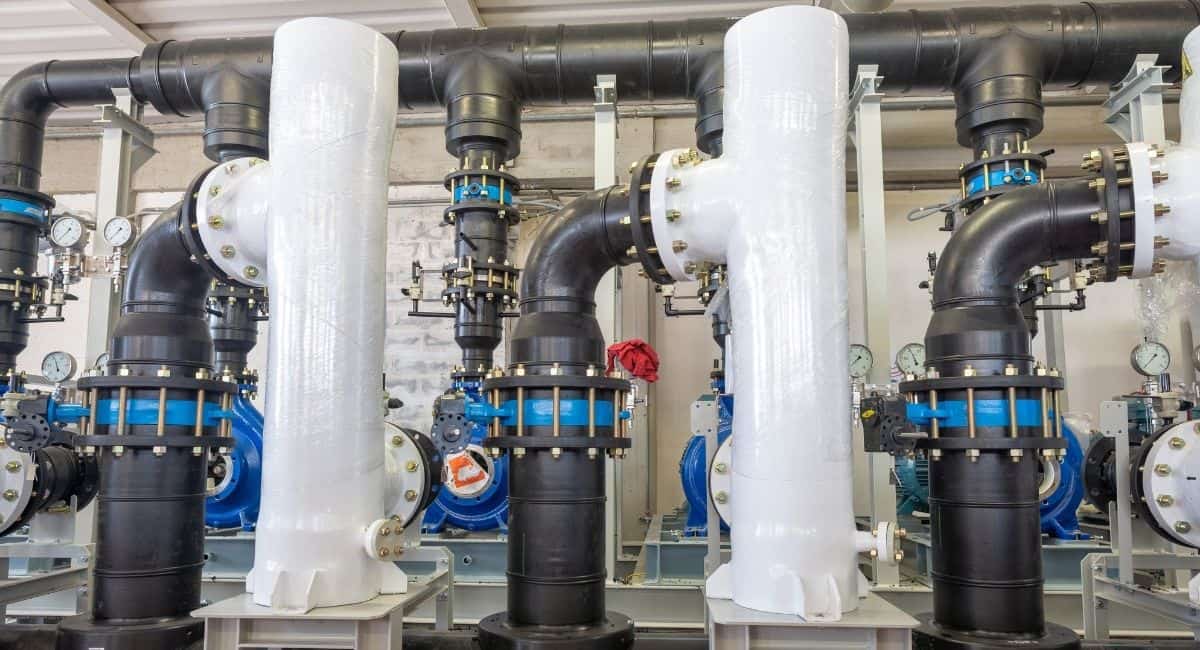
Water Purification Steps (Community Level Water Supply)
To make water safe for drinking purposes, it needs to be treated using water purification methods. This helps to remove contaminants and dissolved solids, pathogens and bacteria, and any environmental persistent pharmaceutical pollutants. depending on the water source and water quality, different treatment methods may be applied.
The water purification steps below are commonly used, although this may vary depending on the water quality from the water source, and on the size and ability of the water treatment plant or facility.
The following 8 steps are involved in the water purification processes at community or municipal level:
1. Pre-Treatment Water Screening and Containment
The first step in the water treatment process is to pump water from a water source to a containment area via pipes and into holding tanks. During this process, it’s important to avoid contaminants and to make the water transport and storage facilities from the correct materials.
Water is usually then screened to remove any large floating debris and particles using a filter, before the water passes into the holding tanks. Some water will also be stored in reservoirs as this can allow for natural purification to occur.
Quite often the water entering a treatment facility will have chlorine added to it to reduce pathogens and algae from contaminating and growing on the water plant’s infrastructure. However, adding chlorine can affect water quality so many places have discontinued this practice.
2. Adjustment of pH Levels
Pure water has quite a neutral pH which makes it neither very acidic nor very alkaline. So if the source of water that’s being purified is either too acidic or too alkaline, then things like lime or sodium hydroxide can be added to make it more alkaline. Forced draft degasifiers can also be used to increase acidity levels for water that’s very alkaline.
Another reason why it’s also important that water has a neutral pH is because otherwise it can start to corrode the pipes in which it flows, and some old pipes are still made of lead which can be highly toxic, but even iron pipes can be corroded.
3. Coagulation and Flocculation
Most water purification techniques add chemicals to the water to remove suspended particles. This process is known as coagulation, and involves adding positively charged chemicals to neutralize the negative charges of the solids that are suspended in the water so that larger particles then form and can fall to the bottom of the water and be removed.
These suspended solids can be inorganic compounds like clay soil particles or they could be organic matter like algae or bacteria.
Adding coagulants to water, like aluminium sulphate or iron salts, can cause chemical reactions that lead the suspended solids to be neutralized of their negative charges and can lead to particle precipitation where the solids then fall down to the bottom and collect there. These little particles are known as flocs.
When the water is mixed, this induces more flocs to join together and precipitate more easily. This is known as flocculation.
4. Sediment Filtration
Once coagulation and flocculation has taken place, the water is then moved to a sedimentation basin which helps to clarify the water and gives it time to settle. This sediment process gives time for the floc to settle at the bottom, known as sludge.
Large sedimentation tanks usually have to keep water velocity low so that floc can settle and not be mixed up and re-suspended in the water.
As the floc settles on the bottom of the basin, this sludge layer needs to be removed. Once sludge is removed, it needs to be treated and disposed of which can also be an expensive process. Some sedimentation tanks have an automated sludge cleaning apparatus, while others are done manually.
There are 3 main types of sedimentation filters that are then used to further clean the water:
Rapid Sand Filters
Rapid sand filters are typically used. Here, the water moves quickly through the filter which can have a layer of activated carbon or coal above the layer of sand, which helps to filter out organic matter and helps to improve the taste and smell of the water.
Carbon filtration can help to remove pesticides, herbicides, and other organic contaminants like trihalomethanes (THMs).
Slow Sand Filters
Slow sand filters use graded levels of sand from very coarse to fine sand so that the water passes through each of these layers and tiny particles get filtered out. Typically water that’s filtered using this method has low nutrient levels and then doesn’t need much disinfection with chlorine.
Membrane Filters
Membrane filters are effective at removing tiny particles, including things like giardia and can be used to filter drinking water. Membrane filters can also be used to filter water that will be released back into streams to ensure it’s healthy and safe to do so. They can also be used to treat sewage.
Membrane filters won’t be able to filter out dissolved substances like heavy metals or nitrates from water.
5. Removal of Ions and Other Dissolved Substances
There are a variety of techniques and methods that are used to soften water and remove toxic substances through using chemical reactions to create an ion exchange (which makes the water better for washing as it lathers with soap more readily than hard water) and to remove tiny dissolved substances and micro organisms that may still be in the water at this stage of water treatment and purification.
Using tiny membranes to filter the water, dissolved substances can be removed without having to use chemical coagulants. Typically you need to use pressure to move the water through the filtering membranes.
Ion exchange methods are used to soften water by adding substances that remove calcium, magnesium, sodium, and potassium ions from the water. By adding certain ion-exchange resins, you can also help to remove toxic heavy metal ions like lead, mercury, or arsenic from the water.
An alternative to using ion exchange to soften water is to add lime or soda ash to the water which creates a chemical reaction whereby calcium carbon precipitates or falls down to the bottom of the water and can be removed.
6. Disinfection
The last step in water treatment is usually the disinfection process which aims to kill any last remaining bacteria, parasites, viruses, or organisms that may pose a threat to health. This is typically achieved by using chemicals like chlorine or chloramine. Once the disinfection process is complete, the water can be stored in tanks and transported to people’s homes.
Ozone is also used as a disinfection method and is quite often used in European and some American and Canadian local governments. Ozonation is very effective at killing bacteria, viruses, and other organisms. Compared with chlorine, which often can’t kill protozoa like giardia, ozone can inactivate protozoa.
Compared with using chloride, ozone doesn’t produce harmful by-products (some of which can be carcinogenic) which is a major advantage of using ozone for disinfection. However, ozone can react with bromide ions in water to form carcinogenic bromate.
Ultraviolet light (UV) can also be used to neutralize bacteria, viruses and other pathogens in water as long as there’s not too much turbidity in the water. Oftentimes UV disinfection is used first before adding chlorides so that there’s a reduced change of any negative by-products forming.
7. Corrosion and Scale Control
Water pipes that transport water to people’s homes may be made from lead and copper and if these pipes deteriorate over time, you could be exposed to various heavy metals in your water supply. Metal poisoning can cause people to have vomiting, headaches, nausea, high blood pressure, and other ailments.
That’s why it’s vital that the water treatment process includes measures to prevent corrosion and control scale build up which helps prevent deterioration.
Preventing corrosion usually involves checking the pH of the water and correcting it so that it’s neutral. During this phase, treatment plants adjust the pH of the water so that it neither corrodes nor deposits too much scale in pipes, which helps plumbing work its best and prevents damage and lead and copper poisoning.
8. Improving Water Taste and Odor
The water purification process often includes measures to make water taste better and smell better by using chemical additives. In many countries, fluoride is also added to drinking water to help assist with preventing tooth decay.
Once all the various stages of water purification have been completed, water is stored in a storage tank and this closed tank is then pumped and piped to homes in that area.
Home Water Treatment Systems
Many people use household water purifiers or water filters as an additional way to ensure clean and safe water for drinking. The stages of water purification differ somewhat in these home systems.
Some house systems have a dedicated faucet with a filter attached for cleaning water. Many home filters involve a carbon filtration process which uses a carbon filter such as granular activated carbon. This can help to remove organic chemicals like chlorine.
Some people also opt for a home reverse osmosis filter system, which can remove contaminants by pushing water through a semipermeable membrane that cleans the water. This advanced water purification process can remove the majority of bacteria, viruses, and heavy metals.
These home reverse osmosis systems usually include a sediment filter, carbon filters to remove pesticides, lime, chlorine and heavy metals, and then a reverse osmosis membrane filter to remove more pesticides, herbicides, parasites, viruses, and metals. The final process is a granular activated carbon filter which is what most household water purifiers use.
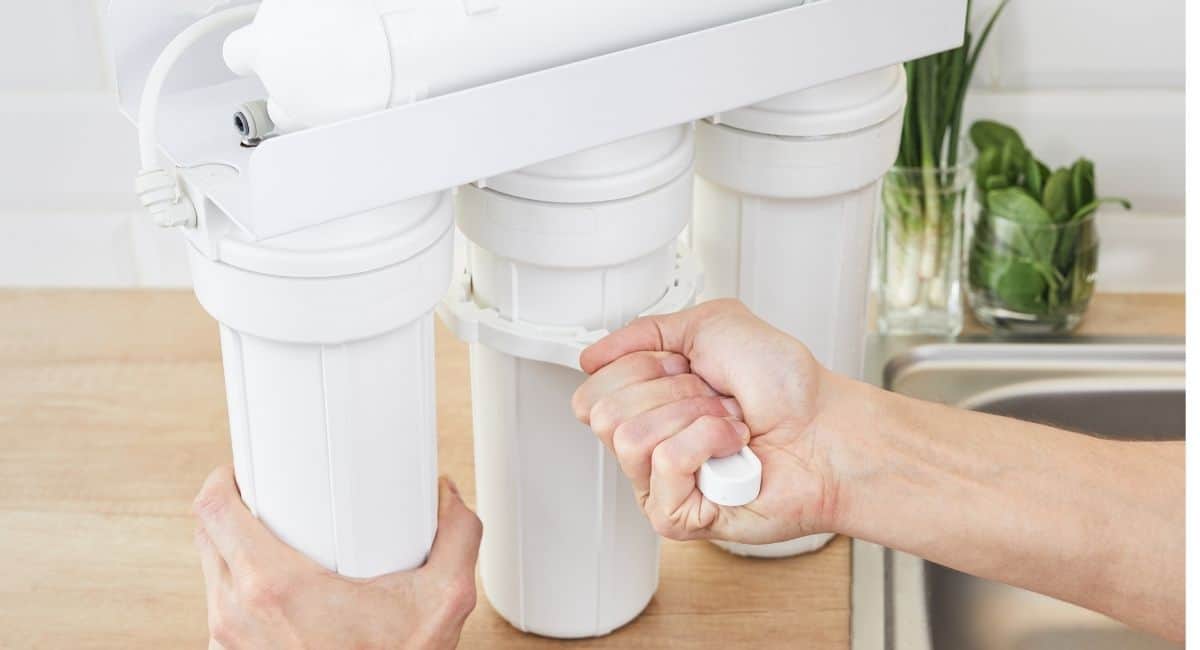
Final Thoughts on Water Purification Technology
Water treatment processes aim to enhance water purity, reduce contaminants in the water and ensure healthy, safe tap water. There are various stages of water purification which include filtration to remove the concentration of particulate matter, sedimentation processes, and water disinfection.
Many municipalities tasked with providing ultra-pure water for their inhabitants use approved and regulated processes for treating water to comply with health and safety standards and to ensure the efficient supply of drinking water.
So the next time you and your family drink water, you can reflect on the chemical processes and technical requirements of creating purified water.



